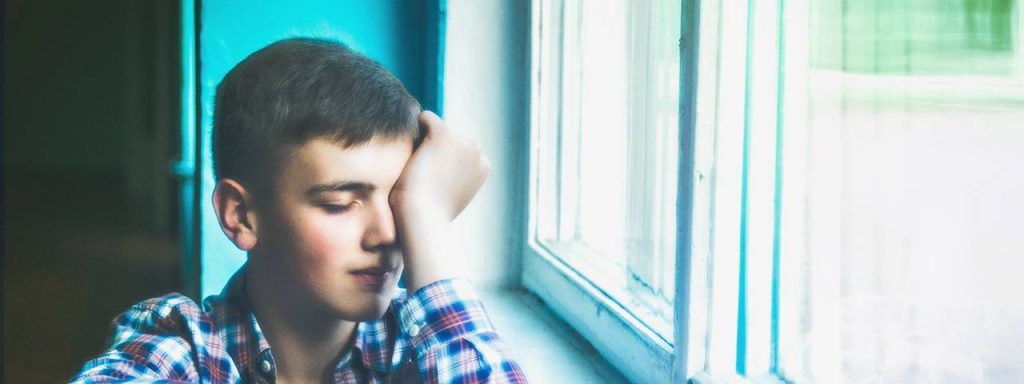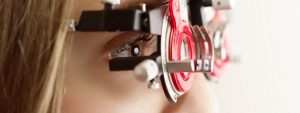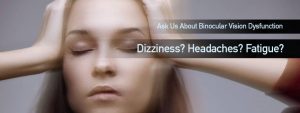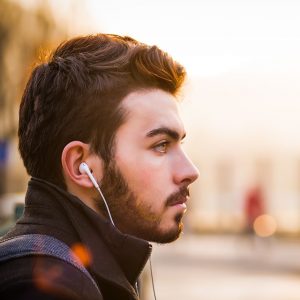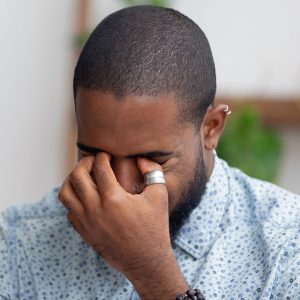Did you know children can also suffer from Binocular Vision Dysfunction (BVD)?
In fact, BVD affects children almost 10 times more often than all children’s ocular diseases combined!
Up to 25% of children have binocular vision problems affecting the function of their eyes.
The National Institute of Health (NIH) published a study in 1996 which revealed that Binocular Vision Dysfunction is;
- 9.7 times more prevalent than ocular disease in children six months to five years of age
- 8.5 times more prevalent than ocular disease in children six to eighteen years of age
BVD can be caused by facial asymmetry similar to that found in adults, or by an injury or concussion while playing sports. And just as with adults, BVD symptoms in children can severely impact their quality of life.
What is BVD?
Binocular Vision Dysfunction is a condition that results from a misalignment of the eyes.
BVD is unknown by many people which is why many parents often don’t recognize the signs and symptoms.
If your child struggles in school or seems clumsy they may be struggling with BVD.
Does your child have BVD?
Since many parents have never even heard of the condition, they don’t realize that when their clumsy child who frequently experiences motion sickness or bumps into doorways and walls, they’re actually exhibiting some of the signs of BVD.
Common behaviors and symptoms of BVD for children aged 4 to 8 can include:
- Poor handwriting (poor spacing, writing letters too big or small)
- Avoiding activities
- Difficulty reading
- Difficulty seeing the class board
- Difficulty catching balls
- Playing with toys very close to their face
- Sitting close to the TV
- Difficulty identifying shapes, colors and numbers in an age-appropriate way
- Frequently bumping into objects
- Frequently squinting in order to see
- Stomach aches and headaches at school or away from home
- Light sensitivity
- Covering one eye to see
- Anxiety in public places
Common behaviors and symptoms of BVD for children aged 9 to 13 can include:
- Repeatedly bumping into things while walking
- Having difficulty completing homework due to headaches and nausea
- Blurred vision or tired eyes when looking at the blackboard in class
- Repeatedly reading the same things over and over / difficulty with reading comprehension
- Sensitivity to bright lights
- Closing one eye to make it easier to see
- Blurred vision when using the computer
- Verbal skills that are ahead of reading skills
- Frequent blinking
Common behaviors and symptoms of BVD for young adults aged 14 and older can include:
- Headaches
- Anxiety
- Difficulty reading and learning
- Problems focusing in school and at home
- Dizziness
- Nausea
- Sensitivity to light
- Difficulty with balance / unsteady walking
- Pain in the neck
- Frequent head tilting
- Motion sickness
Contact an eye doctor near you that can diagnose if your child has BVD.
SEE RELATED: 2021 Update: Treatments for BVD
BVD often goes undiagnosed in children
When children start school, they are occasionally given a standard vision screening at school. During this screening they are tested to determine how well each eye can see (visual acuity) and other basic vision tasks
Most vision screenings do not test the children’s eyes to see how well they work together as a team (binocular vision) to identify if there is any major eye misalignment and double vision.
These school-based vision screening tests almost always do not assess for any small amounts of misalignment, such as those causing BVD.
Any amount of eye misalignment can lead to attention difficulties and reading problems.
Since BVD may affect up to 50% of children diagnosed with ADD/ADHD, reading and other learning problems, it is critical to test for even the smallest amounts of misalignment.
When to visit the eye doctor?
If you find that your child regularly suffers from any of these problems it is highly recommended that you schedule an eye exam with an eye doctor that is trained and experienced in diagnosing and treating binocular vision dysfunction.
Since many parents are unaware of BVD, they do not know to ask their child’s eye doctor about it.
Since eye misalignment is not easily found during a routine eye exam it is recommended to see an eye doctor with training and experience in treating BVD.
LEARN MORE: Guide to Binocular Visual Dysfunction (BVD)
An eye doctor experienced in BVD will discuss the treatment options to help you to effectively maximize your child’s vision and may just be the solution you have been searching for.

